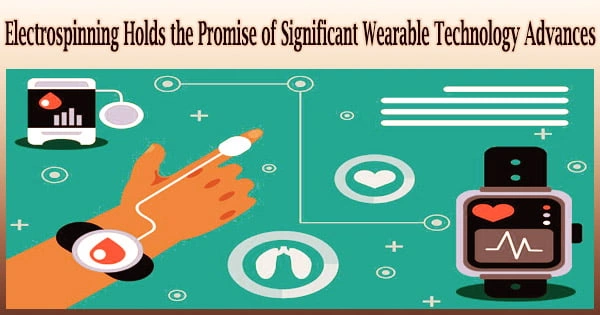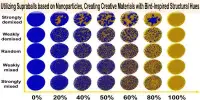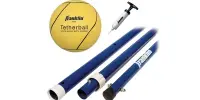In recent years, wearable technology has proliferated. Wearables, which include miniaturized electronic devices worn directly on the skin for sensing a variety of biophysical and biochemical signals or, as with smartwatches, for conveniently facilitating human-machine interfaces, are driven by advancements in flexible sensors, transistors, energy storage, and harvesting devices.
It is a difficult effort to design wearables with the best skin conformance, breathability, and biocompatibility without sacrificing their ability to be tuned in terms of mechanical, electrical, and chemical properties. An intriguing advancement in the subject is the development of electrospinning, which produces nanofibers with adjustable properties from a polymer foundation.
Researchers from Tufts University reviewed some of the most recent developments in wearable electrical systems and gadgets being created via electrospinning in APL Bioengineering, published by AIP Publishing.
“We show how the scientific community has realized many remarkable things using electrospun nanomaterials,” said author Sameer Sonkusale. “They have applied them for physical activity monitoring, motion tracking, measuring biopotentials, chemical and biological sensing, and even batteries, transistors, and antennas, among others.”
Any electronic equipment that is intended to be worn on the user’s body is considered wearable technology. These gadgets can come in a variety of shapes and sizes, including jewelry, accessories, medical equipment, and clothing or clothing-related items.
We show how the scientific community has realized many remarkable things using electrospun nanomaterials. They have applied them for physical activity monitoring, motion tracking, measuring biopotentials, chemical and biological sensing, and even batteries, transistors, and antennas, among others.
Sameer Sonkusale
Although the term “wearable computing” suggests communications or processing power, certain wearables can actually be quite sophisticated. The most advanced wearable technology includes holographic computers in the form of virtual reality (VR) headsets, Google Glass, Microsoft’s HoloLens, and artificial intelligence (AI) hearing aids.
A disposable skin patch with sensors that wirelessly send patient data to a control unit in a healthcare institution is an illustration of a less complex type of wearable technology. The significant benefits electrospun materials offer over traditional bulk materials are demonstrated by Sonkusale and his coworkers.
They have improved porosity and breathability due to their high surface-to-volume ratio, which is crucial for long-term wearability. Additionally, they can attain high biocompatibility with the right combination of polymers.
High surface area electrodes are provided by conductive electrospun nanofibers, offering flexibility and performance enhancements including quick charging and large energy storage capacities.
“Also, their nanoscale features mean they adhere well to the skin without the need for chemical adhesives, which is important if you are interested in measuring biopotentials, like heart activity using electrocardiography or brain activity using electroencephalography,” said Sonkusale.
Compared to photolithography, electrospinning is significantly less expensive and easier to employ when creating nanoscale transistor geometries with superior electrical transport. For a variety of reasons, the development of wearables has been a welcomed tool for the insurance, healthcare, and sports industries.
In the upcoming years, electrospinning will undoubtedly strengthen its position as a flexible, workable, and affordable method for producing wearable technology, according to the experts. They point out that there are some areas for improvement that should be taken into account, such as expanding the selection of materials and making it simpler to integrate with human physiology.
They propose that the aesthetics of wearables could be enhanced by making them smaller and, possibly, “nearly undetectable” with the use of transparent materials.
















